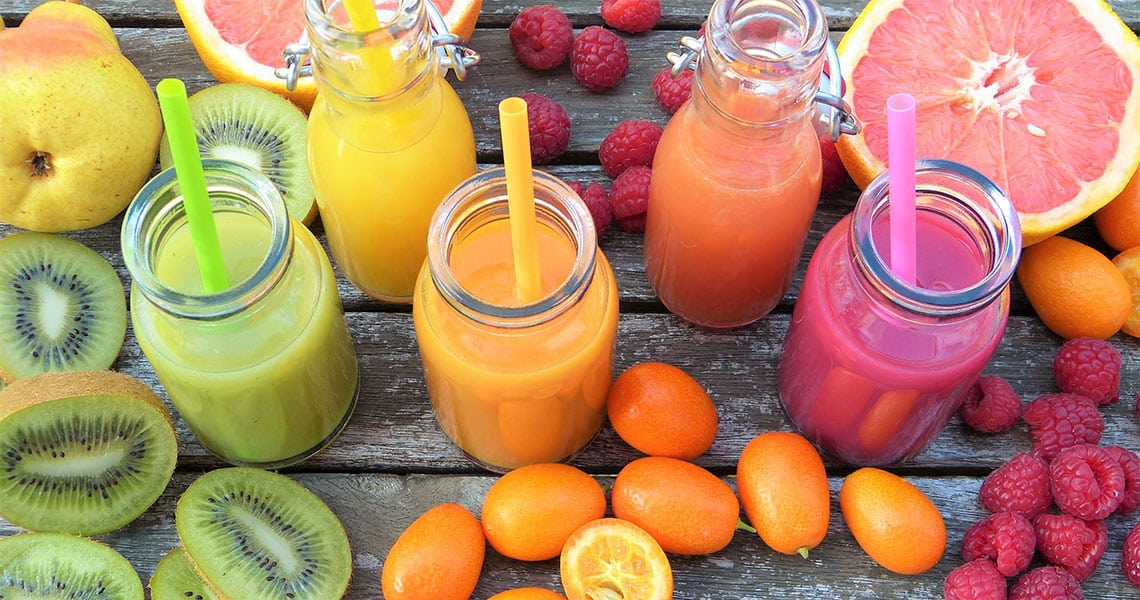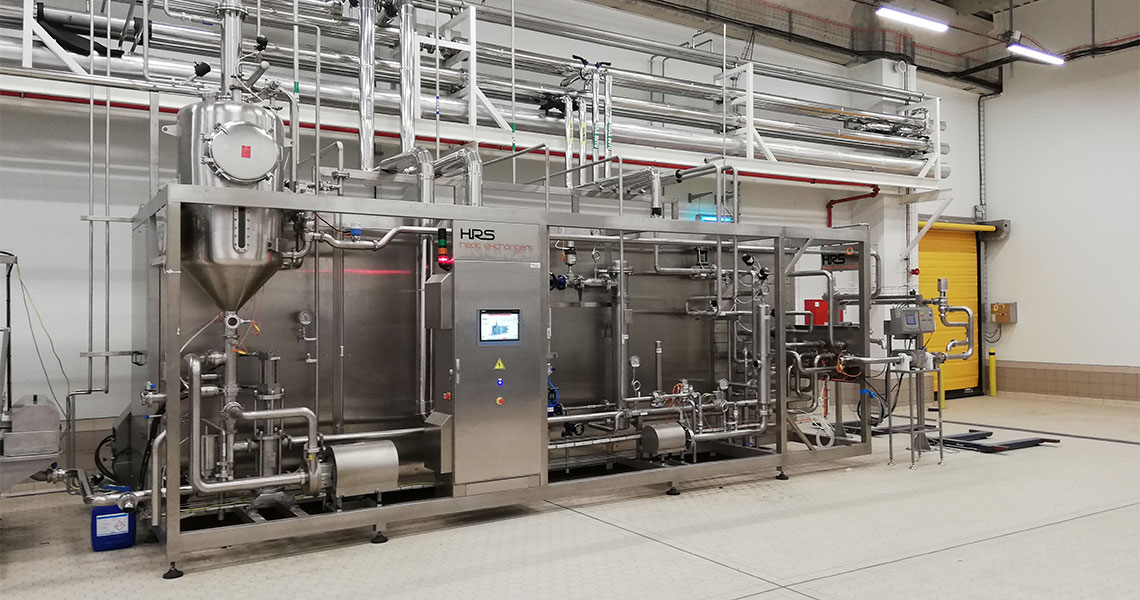New Juice Processing Solutions: from Concentrate to Bottle – PART 2

Pasteurisation
High Temperature Short Time (HTST) pasteurisation, also known as ‘flash pasteurisation’, is the preferred technique for making premium quality juice. The HRS series of MI/MR pasteurisers uses a food-grade, multitube corrugated tube heat exchanger to speed up the heat transfer, while the corrugated tubes create extra turbulence in the juice as it flows through.
This extra turbulence means that the juice can be heated up to pasteurisation temperature much quicker – typically up to 30% faster. This is important as the longer the heating process, the greater the deterioration in product quality. The temperature of the heating media can also affect quality – the hotter the heating media, the more damage the tubes inside the heat exchanger pasteuriser will cause to the product.
Because of the high heat transfer rates of the corrugated tube technique, HRS’s pasteurisation systems use water at a lower temperature to reduce the risk of product damage. Another benefit of higher heat transfer rate is that the system footprint can be reduced using shorter heat exchanger pipes. The shorter length of the heat exchanger also results in a reduction in pressure drop, which saves pumping power and reduces energy costs – often by 40%.

The corrugated design/profile of the inner tube helps reduce product fouling – it disrupts the fluid boundary layer and creates higher velocity and turbulence. As the juice travels around the system, it is less likely to stick to the tube wall and cause corrosion and reduction in performance (leading to increased downtime and maintenance costs, expensive parts and reduced system lifespan).
Due to the use of a counter-current design to pump juice and heating and cooling water around the exchanger, the maximum heat transfer rates achievable by the system are also improved, making HRS MI/MR Series pasteurisers ideal for the thermal treatment of fresh and from-concentrate fruit and vegetable juices.
Read:
New juice processing solutions: from concentrate to bottle – PART 1
New Juice Processing Solutions: from Concentrate to Bottle – PART 3